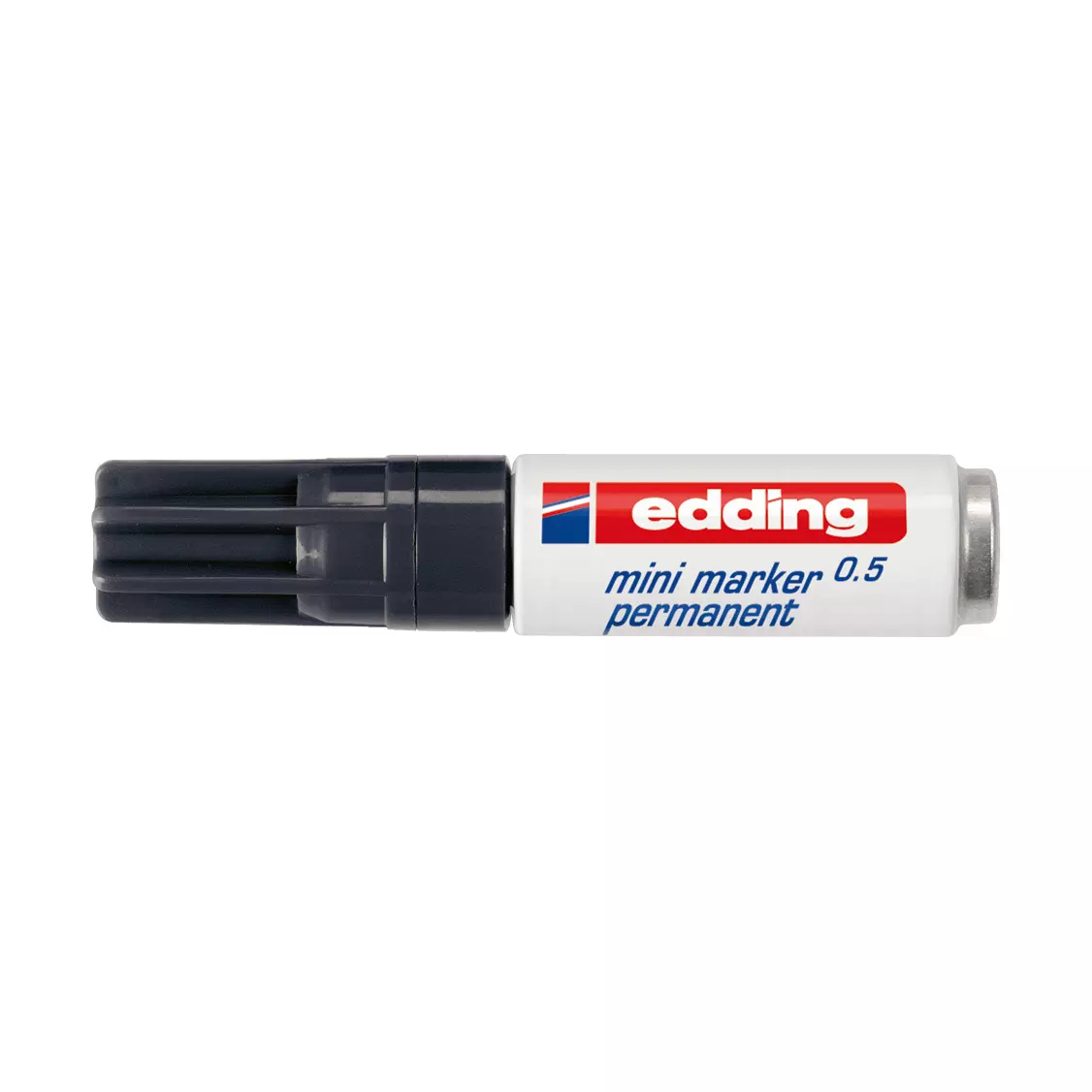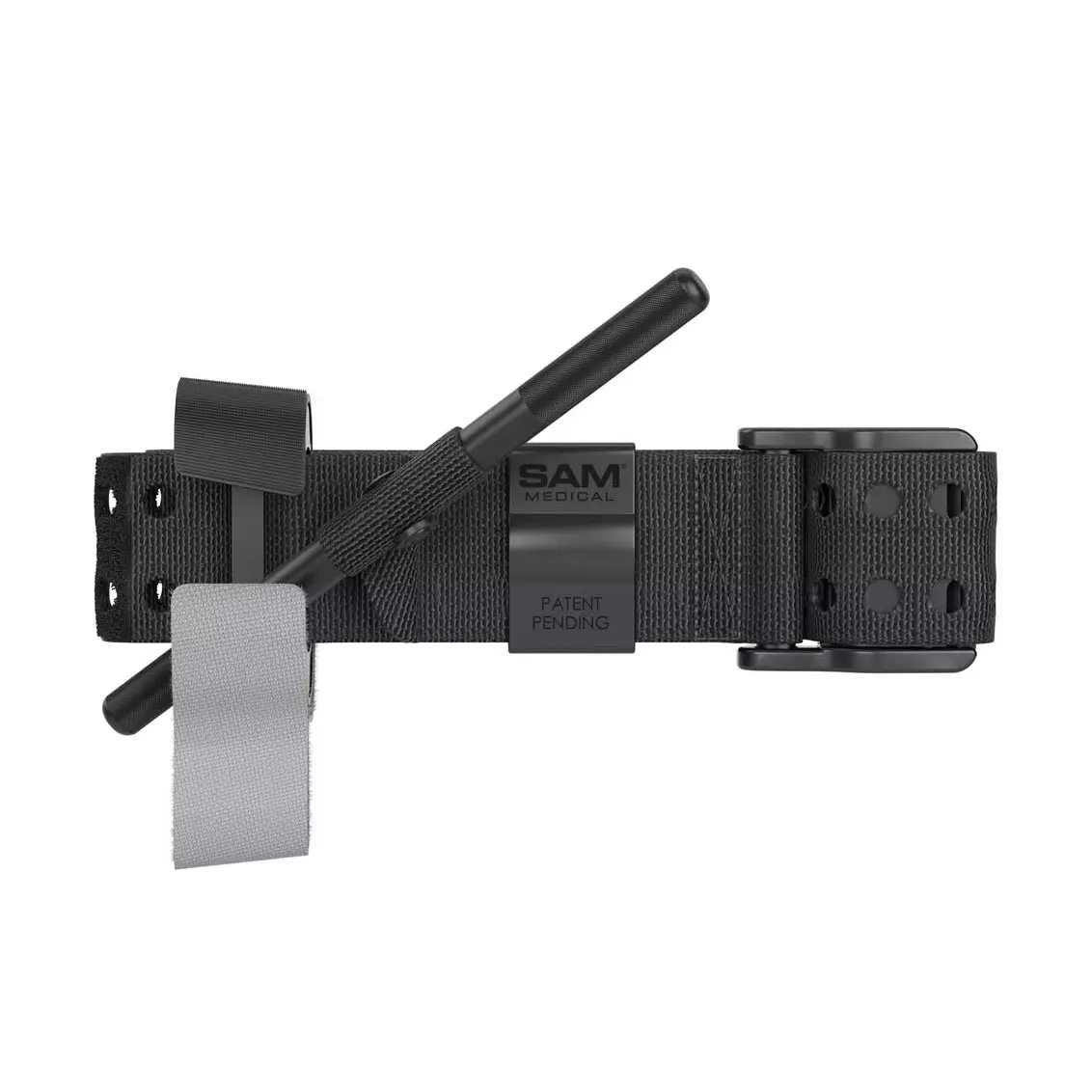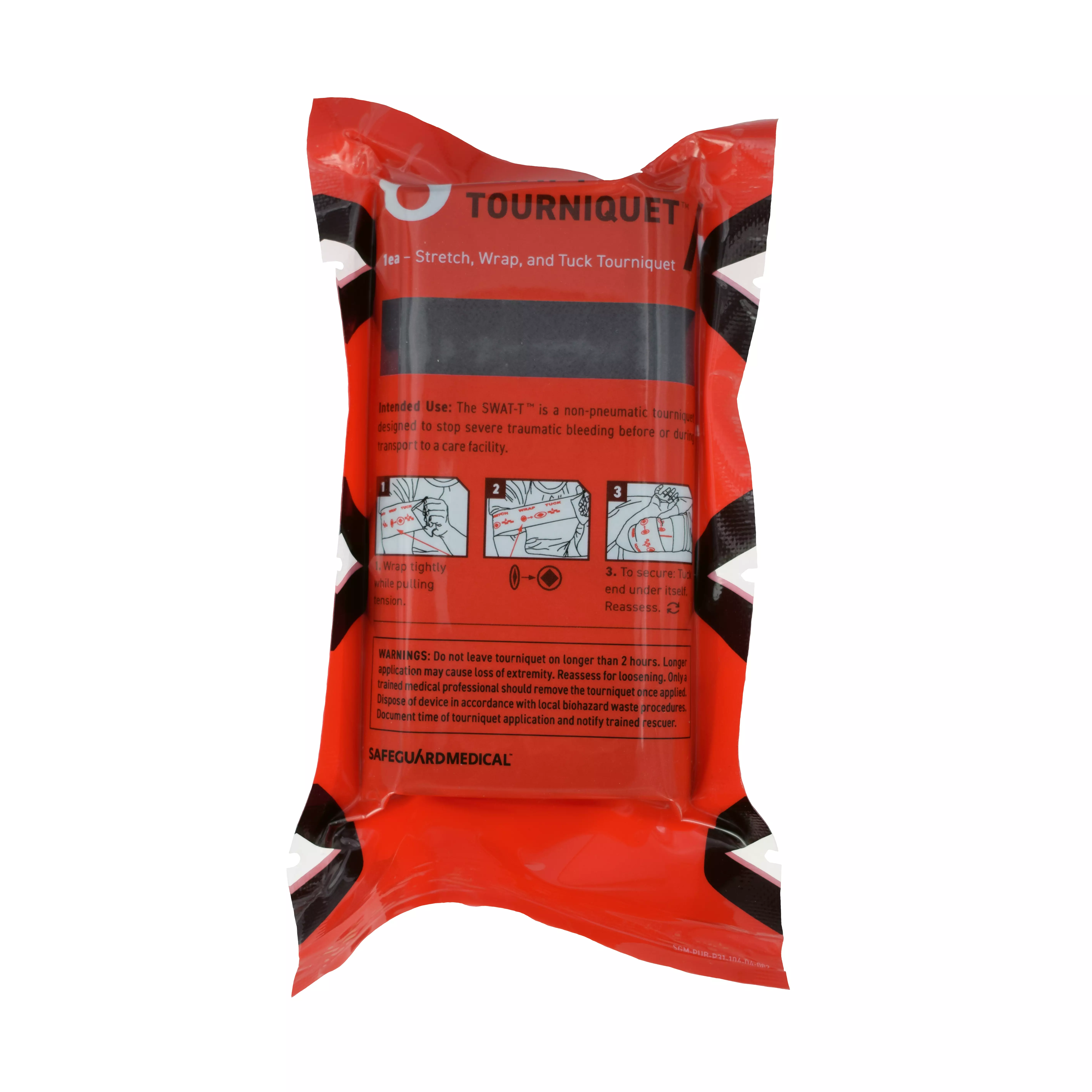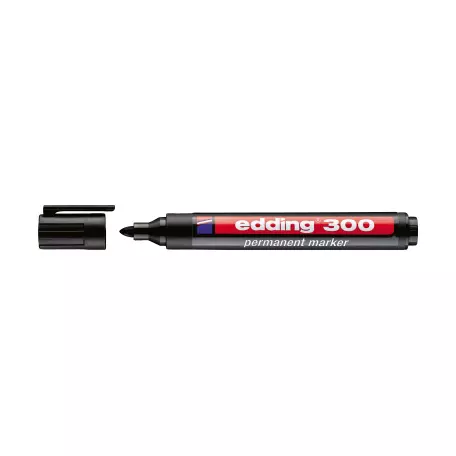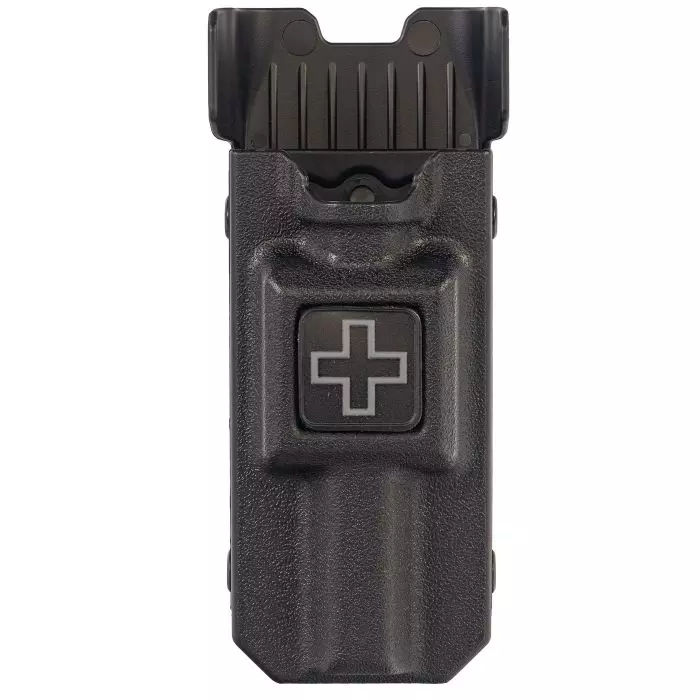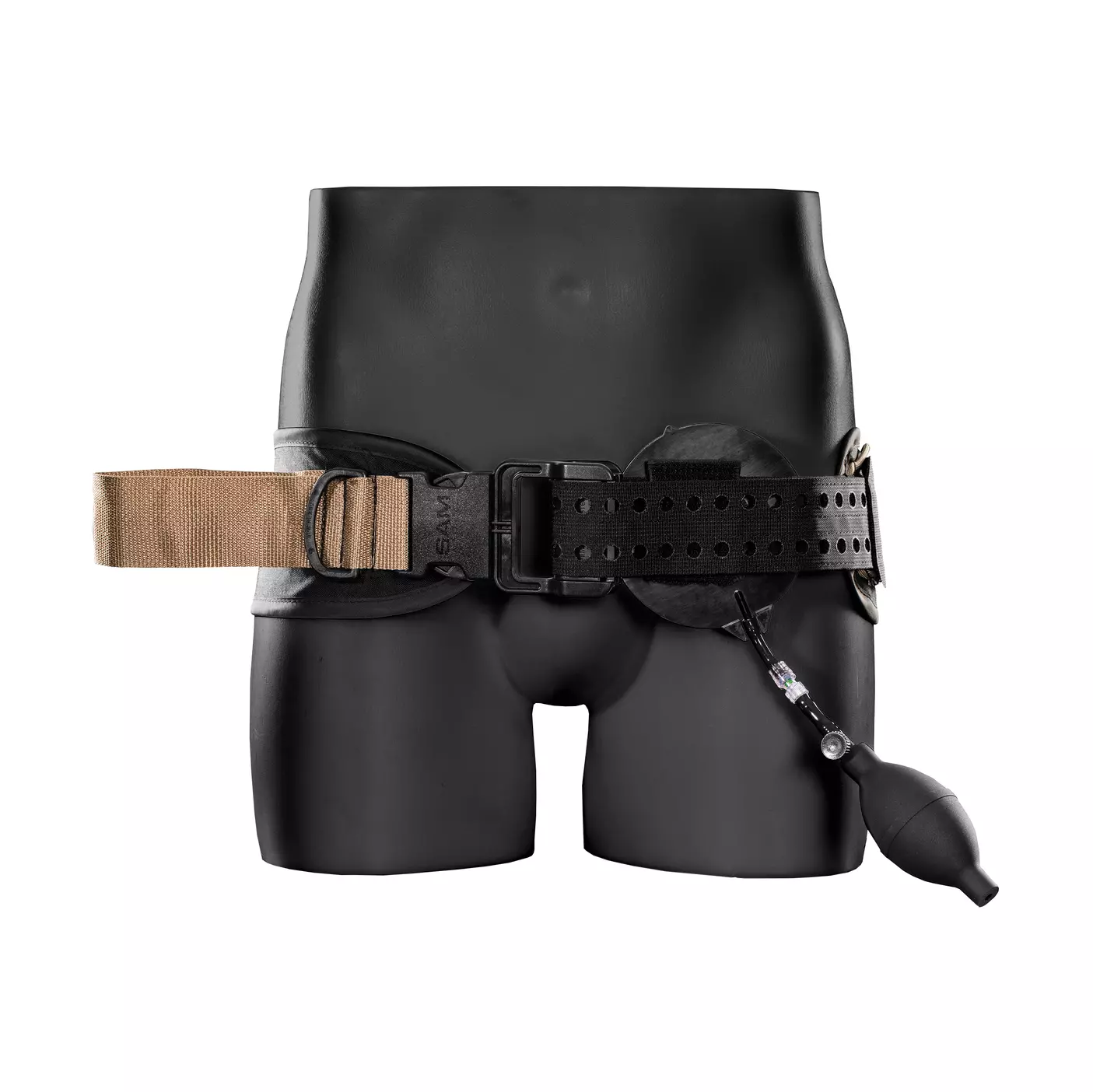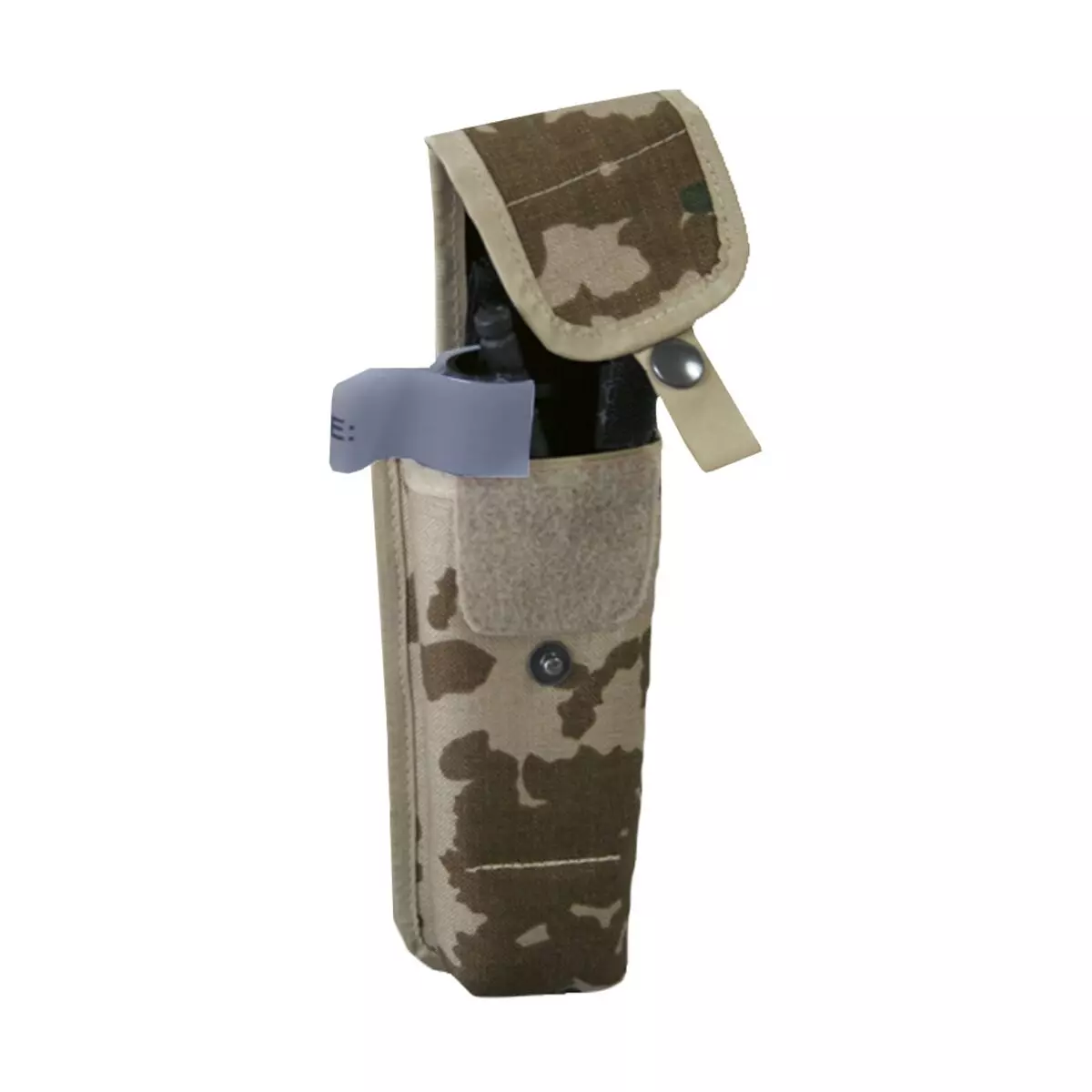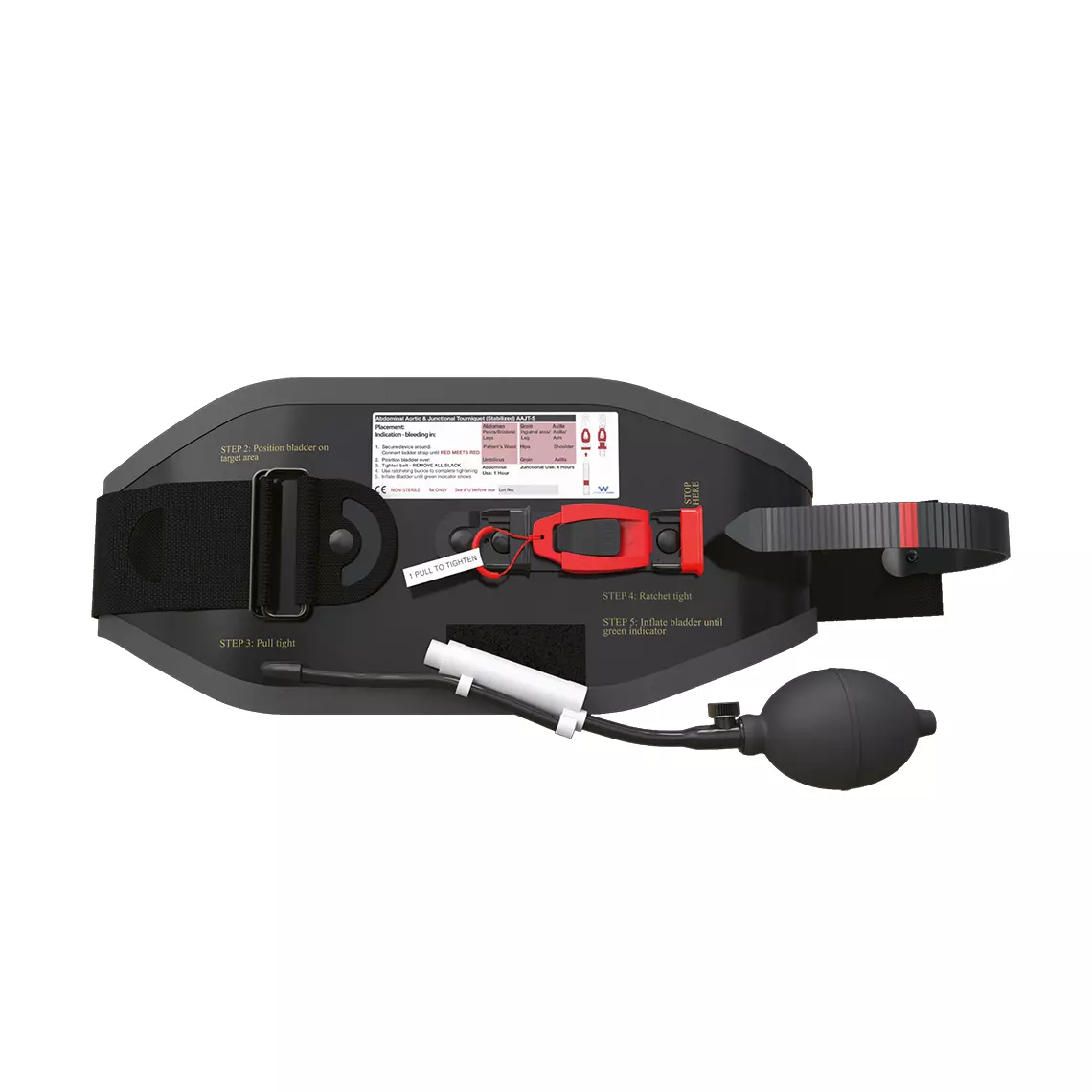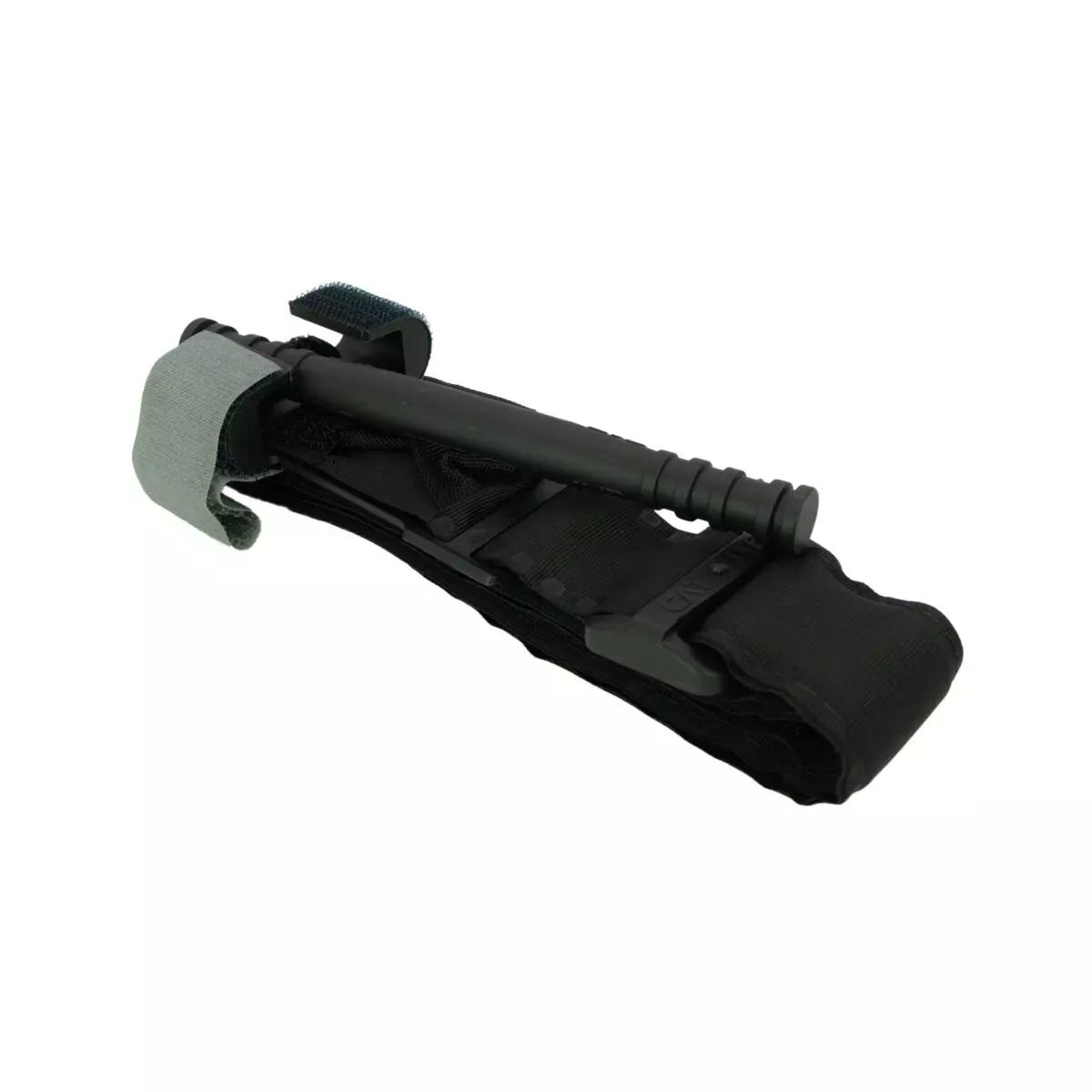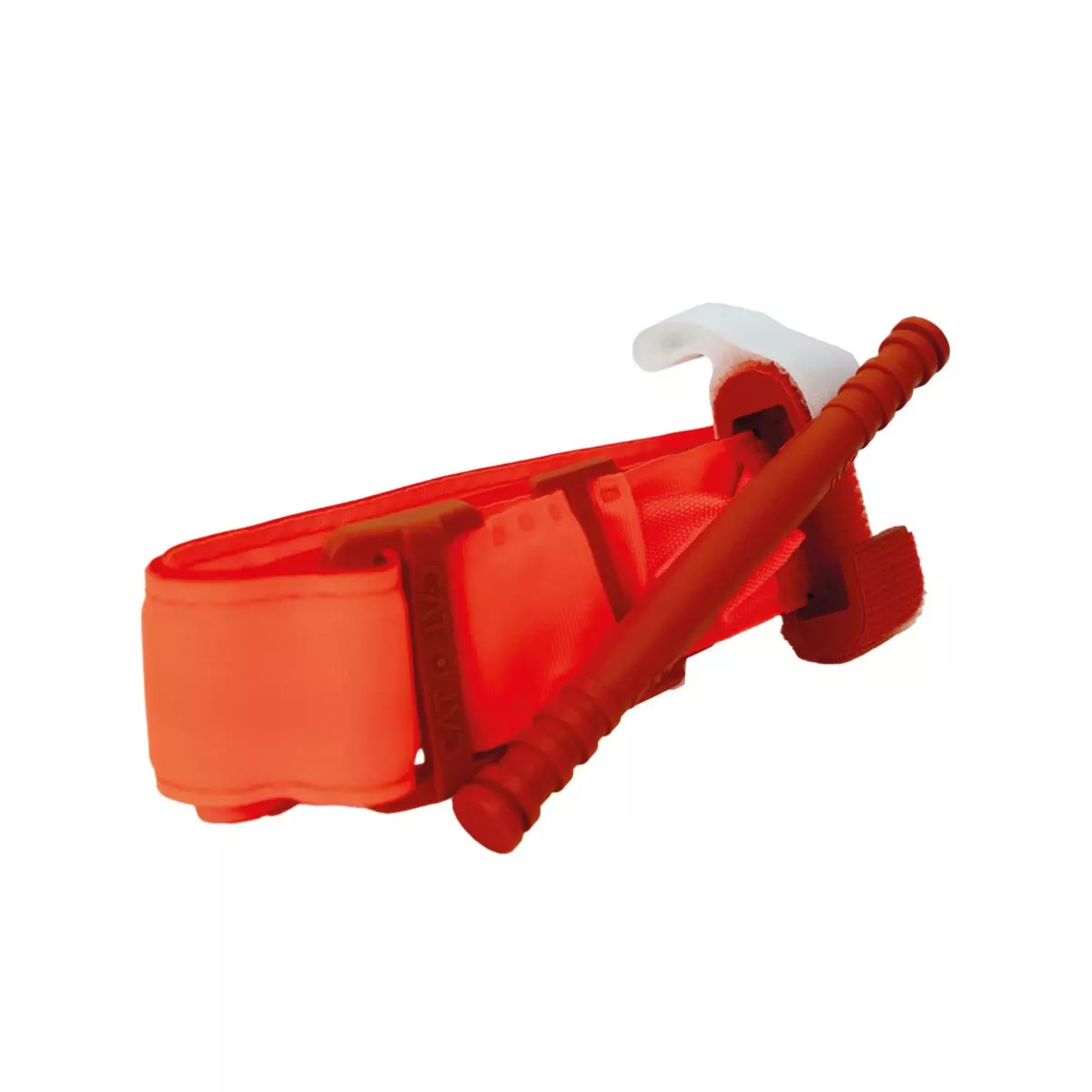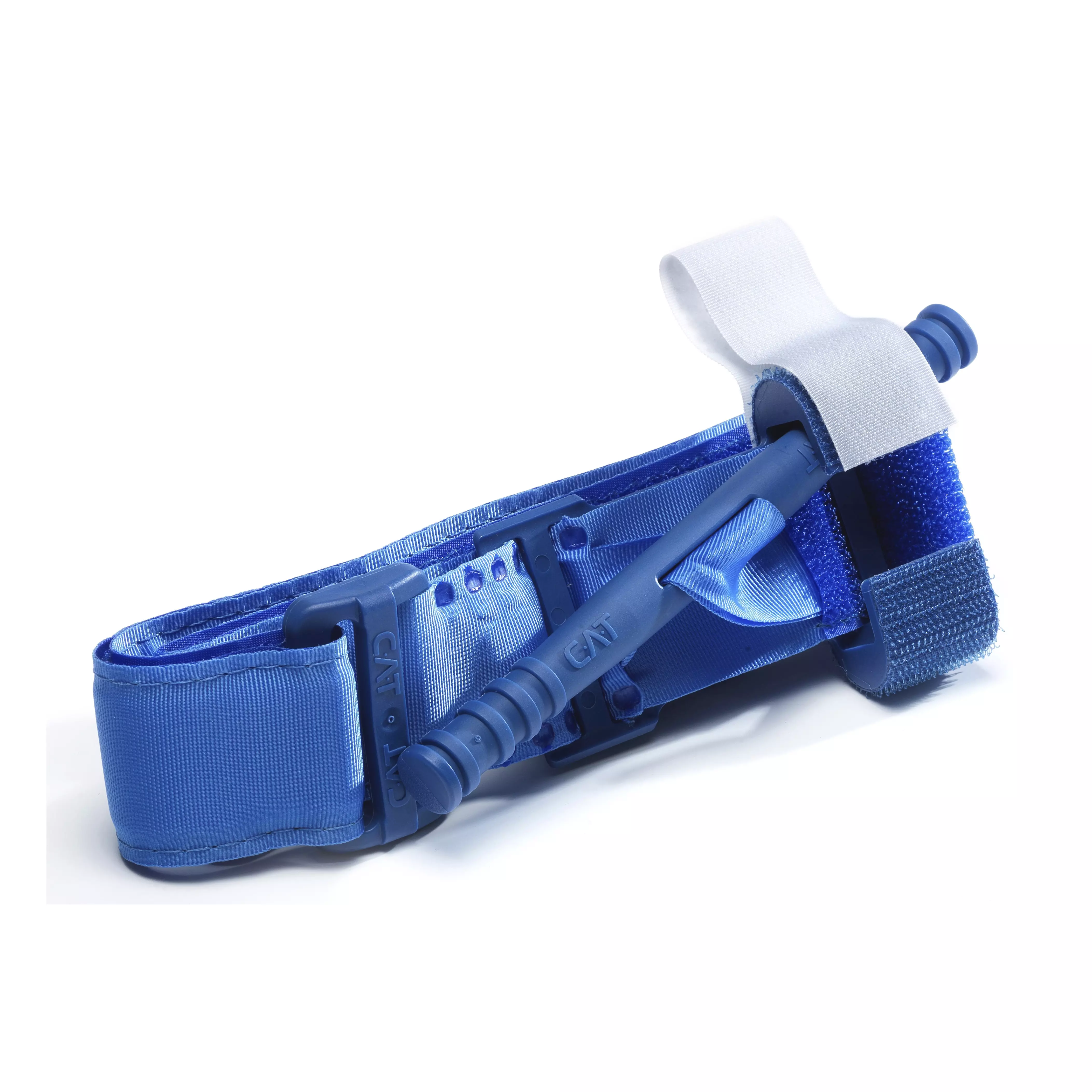Buy Tourniquets
Available, delivery time: 1-3 days
Available, delivery time: 1-3 days
Available, delivery time: 1-3 days
Available, delivery time: 1-3 days
Available, delivery time: 1-3 days
Available, delivery time: 1-3 days
Available, delivery time: 1-3 days
Available, delivery time: 1-3 days
Available in 5 days, delivery time 1-3 days
Available, delivery time: 1-3 days
Available, delivery time: 1-3 days
Available, delivery time: 1-3 days
Sind Tourniquets in Deutschland verboten?
Tourniquets sind in Deutschland nicht verboten. Für den Erwerb oder Besitz von Tourniquets gibt es daher keine rechtlichen Einschränkungen. Sie kommen insbesondere bei der Erstversorgung kritischer Blutungen zum Einsatz und sind bei Rettungsdiensten und der Verwundetenversorgung nach dem cABCDE-Schema fest etabliert. Die Anwendung sollte vorab im Rahmen einer Schulung erprobt werden, um Verletzungen oder gar Spätfolgen zu vermeiden.
What types of tourniquets are there?
- The pneumatic tourniquet: This is visually and functionally similar to a blood pressure cuff. It is often used in orthopaedics or trauma surgery: a cuff is applied and the blood is pressed out of the limbs with elastic bands until the arterial blood supply stops. This can create better conditions for the surgeon during an operation, for example.
- The mechanical tourniquet: The twisting movement of a toggle is used to shorten the attached ligament and stop the arterial blood flow in the injured limb. It is used in particular in tactical emergency equipment. The Combat Application Tourniquet®/ CAT® is probably the best known and most widely used tourniquet. WERO is the exclusive importer for Germany and Austria. There is also the SAM® Junctional Tourniquet, which was developed to stop bleeding where a normal tourniquet cannot be used. For example, in the case of blast injuries, injuries in the groin area or high amputations.
- The Stretch, Wrap, And Tuck tourniquet , also known as SWAT-T, is a type of bandage that is wrapped around the limb above the wound and then tightened to the mark.
What are the advantages of a tourniquet?
The advantages of a CAT™ tourniquet at a glance:
- An individually adjustable strap allows the tourniquet to be applied to all extremities
- A solid, ergonomic toggle facilitates gripping and turning
- The wind system (strap with toggle) tensions a freely movable inner strap to prevent the inflow of arterial blood into the extremity
- Only one handle is required to secure the toggle under a clamping hook
- During transport, the Velcro fastener of the CAT™ provides additional safety
The correct use of a mechanical tourniquet
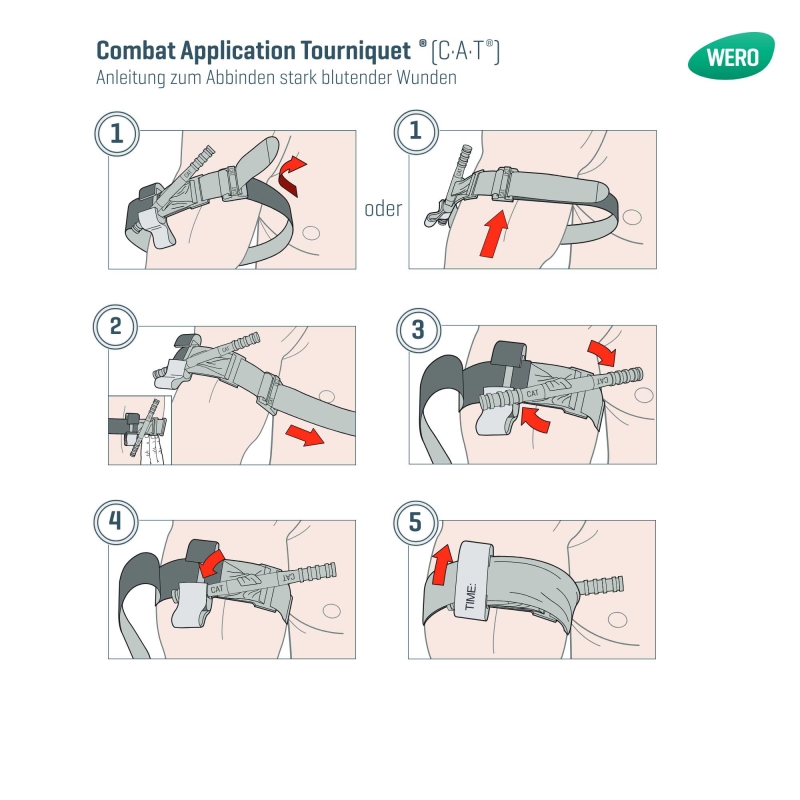
Tourniquet instructions using the CAT® tourniquet as an example
- Unfold the CAT™ so that the strap forms an O-shaped loop. Then place the CAT™ above the haemorrhage in the direction of the torso. To do this, pass the injured limb through the O-shaped loop of the Velcro strap.
- Tighten the strap so that no more than two fingertips can fit between the tourniquet and the limb. Then connect the Velcro surfaces firmly together.
- Now turn the gag until the bleeding stops and the pulse can no longer be felt below the wound site.
- Secure the gag under the clamping hook. Check the bleeding and pulse again - if necessary, increase the pressure by turning the gag further.
- Now place the end of the strap over the toggle and clamp hook and secure both with the safety Velcro. Then, if possible, make a note of the time of application.
How long can a tourniquet remain on the body?
A tourniquet can be left on the wounded person's body for up to two hours without risk. Apart from the increasing hypoxia pain, this harbours hardly any risks. After two hours, however, temporary damage to the muscles and nerves can result.
What is important when buying a tourniquet?
Regardless of whether it is used in occupational first aid or in emergency rescue, when purchasing a tourniquet, bear in mind that the system may only be used by trained personnel and in life-threatening emergency situations - and that other rescue measures, such as a tourniquet, do not promise success. Traumatic amputations can be a possible application. Therefore, when purchasing a tourniquet, please also check the manufacturer's guarantee.
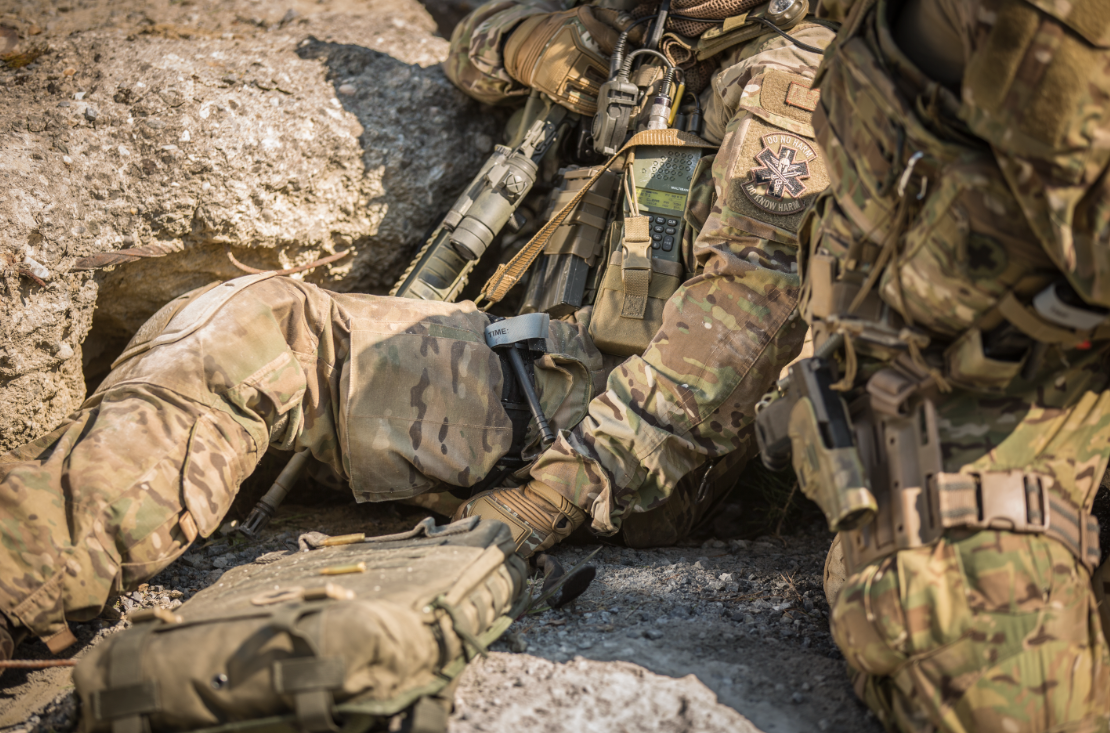
How can I recognise a fake tourniquet?
Low-quality counterfeit products are not medical devices. In these cases, even a possible CE marking says nothing about the quality of a product in this medical device class. They may not be able to build up the necessary pressure, become loose or tear.
Do not jeopardise the life you are trying to save again. Make sure you buy the original from a reliable source. Visually, the differences between genuine and counterfeit tourniquets can be slight and are often difficult to recognise.
However, counterfeits often have serious quality defects, for example:
- Inferior rods that are bendable and break easily under the required pressure
- More extensive coiling can make it difficult or even impossible to tighten sufficiently to stop bleeding. Incorrect application can have serious consequences, such as the loss of a limb or the death of the wounded person.
Are tourniquets also suitable for first aiders in the workplace?
"According to the ERC, current research indicates that the use of tourniquets can be useful for serious injuries with heavy blood loss. If a company has decided to introduce tourniquet systems into the company's first aid programme due to the special risk situation [in terms of occupational health and safety], the application must be instructed and practised regularly." (Source: DGUV - First Aid Division / May 2017)

